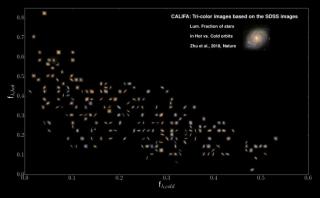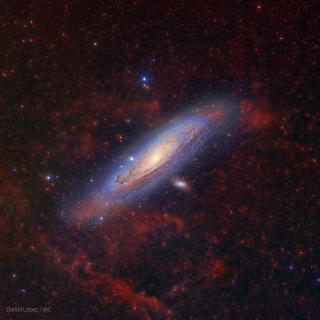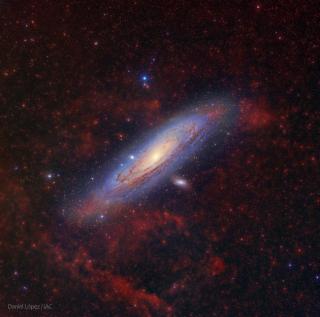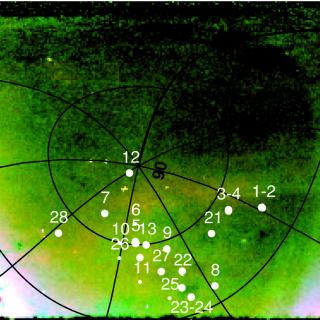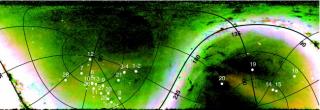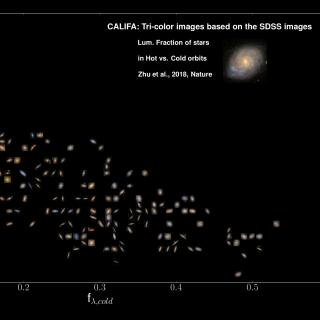
This project, in which the Instituto de Astrofísica de Canarias (IAC) is collaborating, has made a map with 300 galaxies close to the Milky Way, which they have classified on the basis of the way the stars are moving, rather than using the morphological classification used until now.
Advertised on
